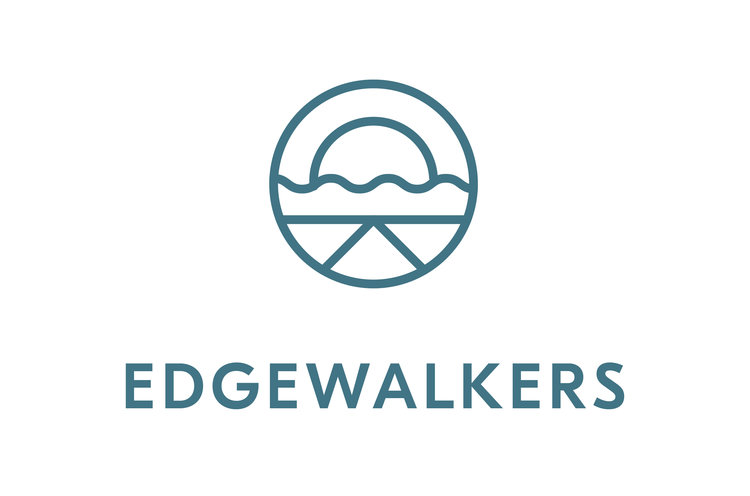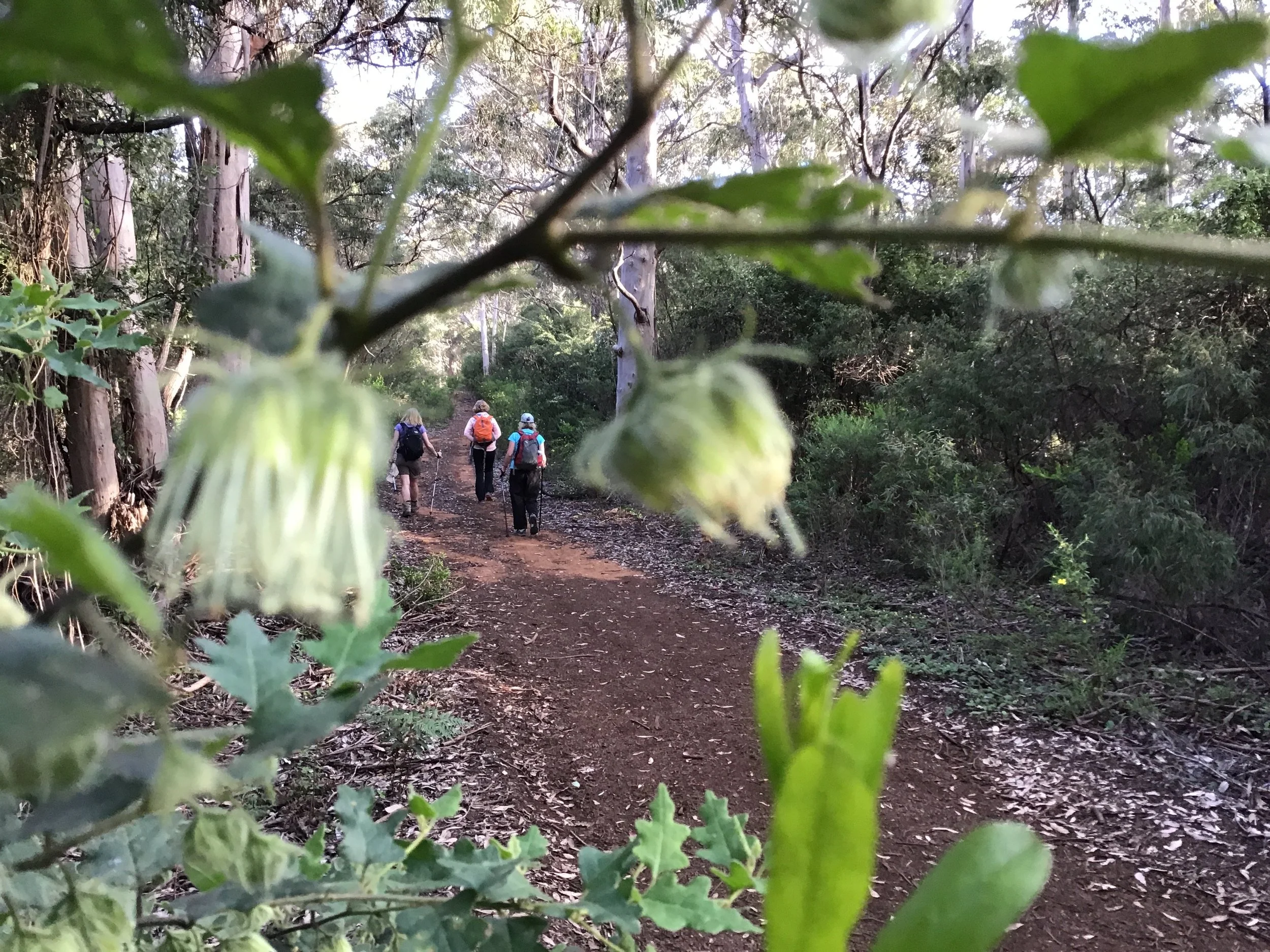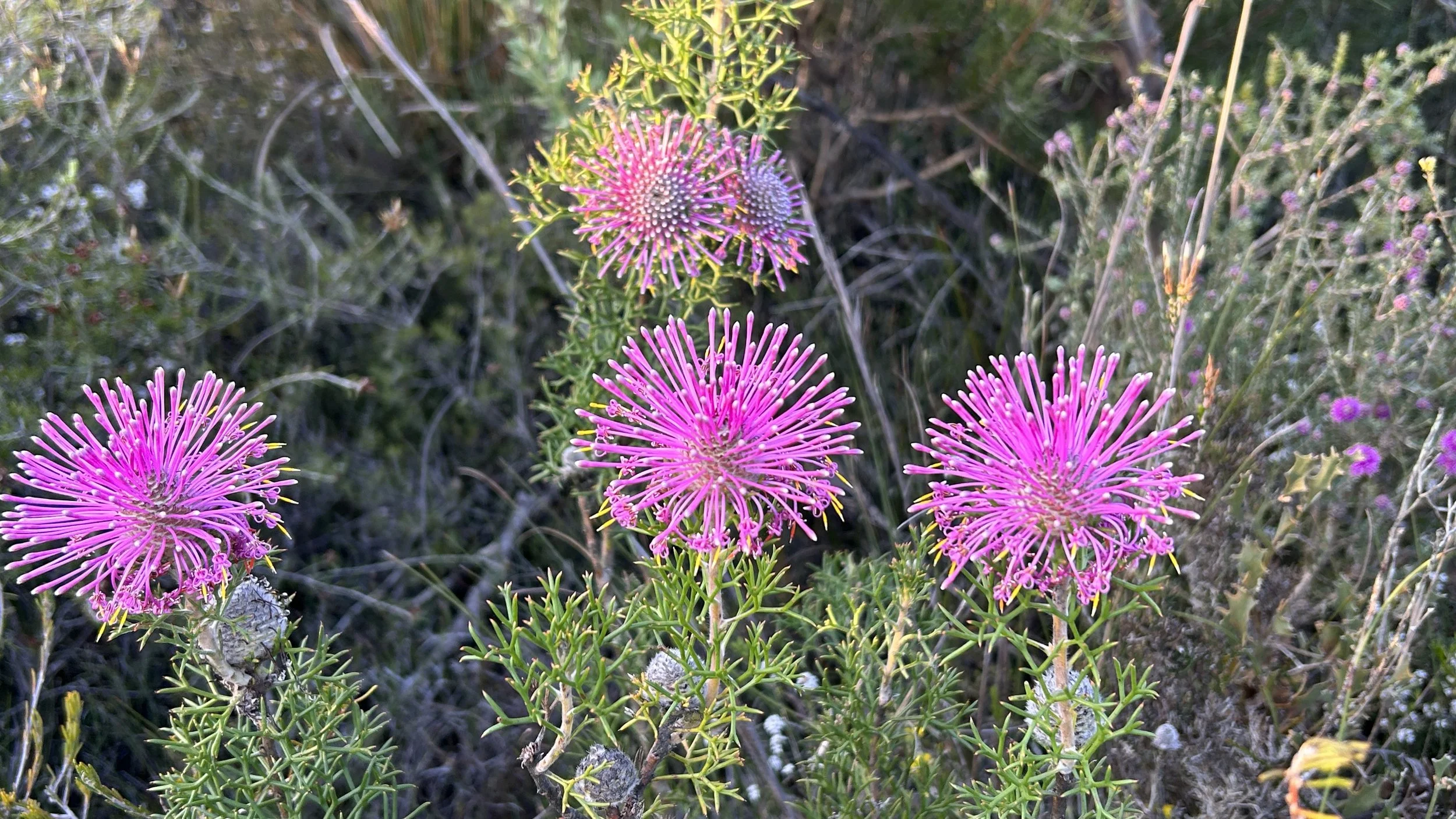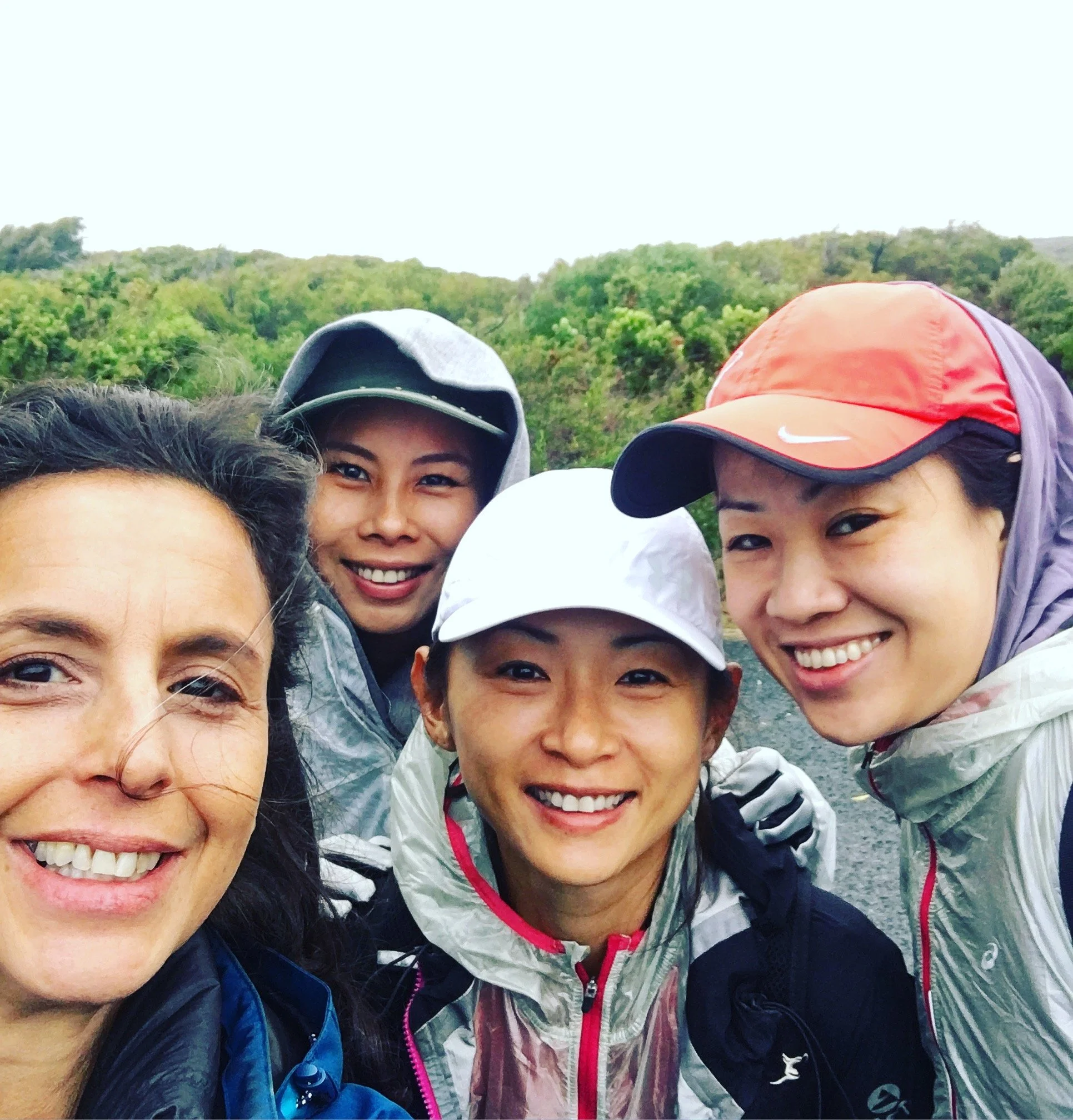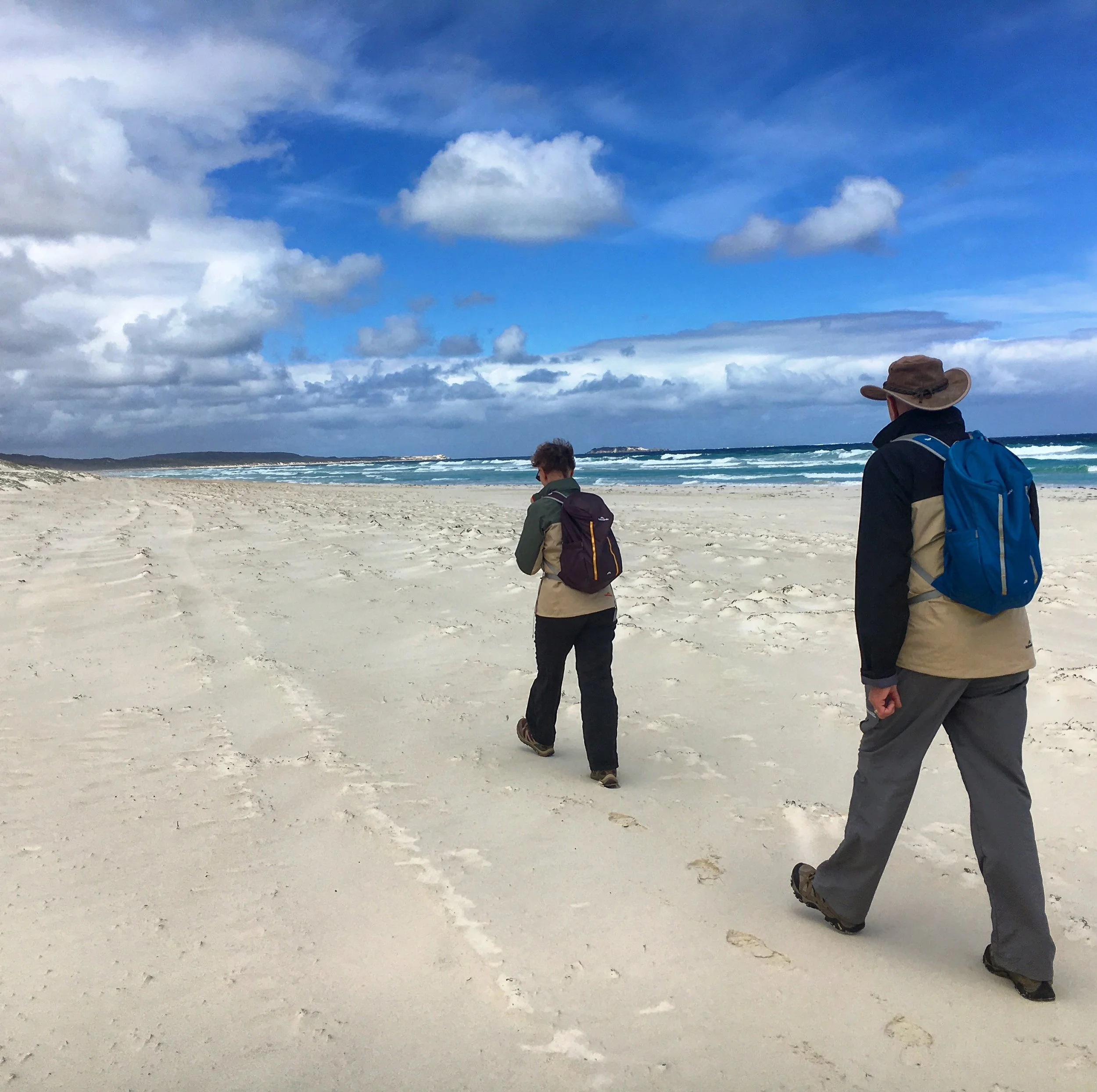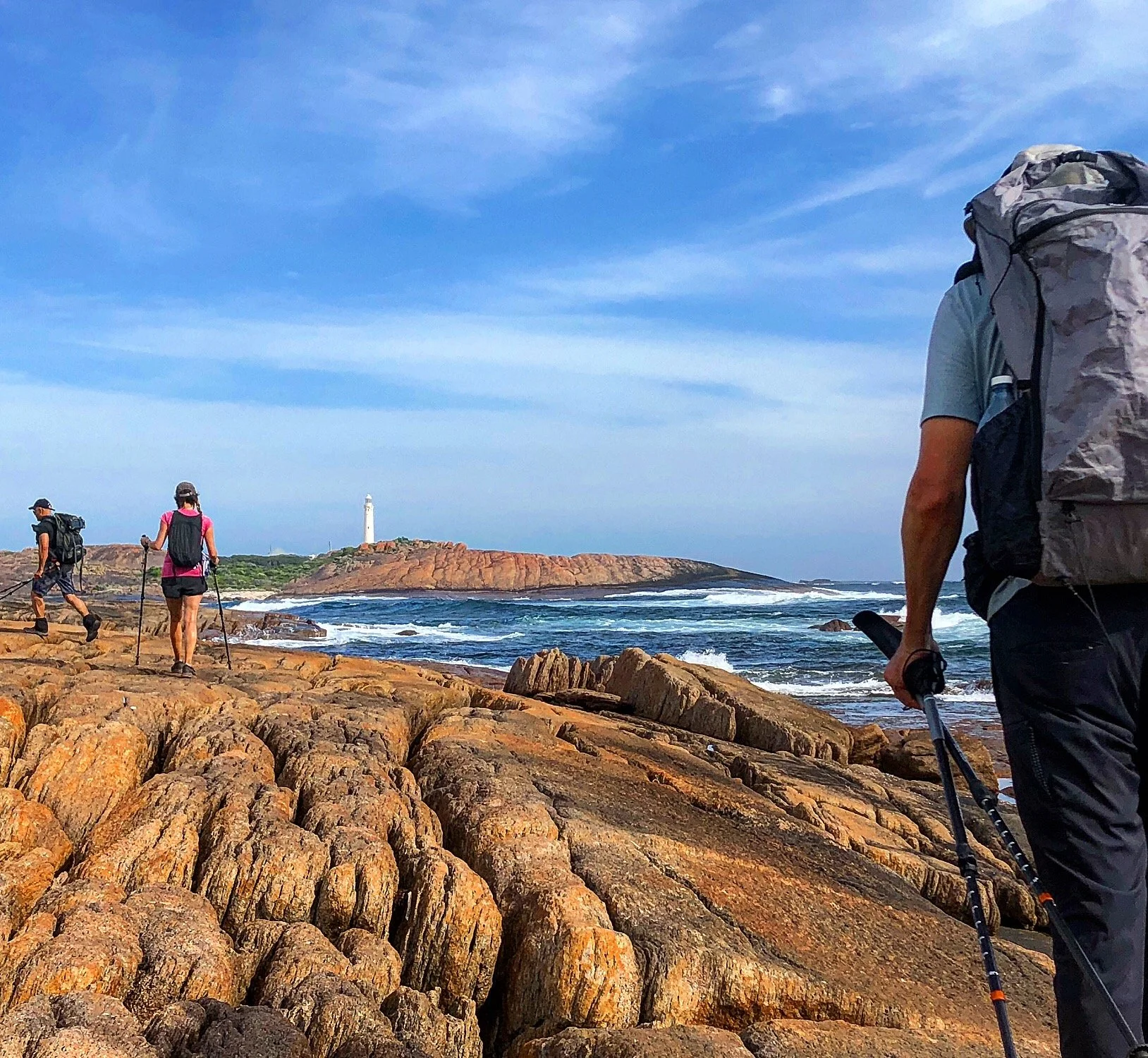Most tourism to Western Australia is nature-based.
If we identify as an ‘ecotourism’ business, then nature and its biodiversity are integral to our business model.
Our product IS the environment.
Without healthy, thriving, biodiverse ecosystems, there’d be NO future for nature-based tourism.
Without nature-based tourism, it’s safe to say, WA’s tourism industry would be radically diminished.
But what if nature-based tourism became an instrumental player in the conservation, protection, and restoration of natural environments?
Progress might look like this:
1. Regardless of the fanfare created by the federal government’s National Sustainability Framework[1]launched late 2023, the WA tourism industry stops pretending that sustainable tourism at this point is possible[2].
Instead, operators identify that protecting, conserving, and restoring the environment and its biodiversity is key to their survival and the survival of the industry.
2. Operators recognise we are already helping to implement Australia’s 30 % by 2030 Strategy for Nature[3] by connecting people to nature, extolling its physical and mental benefits, and giving people immersive experiences in protected natural environments.
Therefore, it’s an easy transition to increase & incorporate this role by:
· partnering with environmental NGOs (e-NGOs) & participating, promoting & contributing financially to their activities; or,
· creating conservation projects informed through consultation with e-NGOs, DBCA, WA Biodiversity Science Institute[4] or academic institutions. E.g. extensive citizen science projects, monitoring & data collection, education, indigenous guide programs.
· participating in the Nature Repair[5] economy through the purchase and restoration of degraded ecosystems…
3. Tourism, environmental organisations, and other sectors (perhaps education & health) form alliances that lead to:
· mandatory use of the nature based disclosure framework[6] to assess the cost of business to the environment.
· the end of land clearing in southwest WA
· classifying the southwest as an Environmentally Sensitive Area (ESA). [7]
· reassessment of prescribed burning
· a proliferation of nature-based wellness and education programs
Just some thoughts.
Nature’s Window - Kalbarri National Park, Western Australia - Image: Paean Ng.
[1] https://www.austrade.gov.au/en/news-and-analysis/publications-and-reports/national-sustainability-framework-for-the-visitor-economy#:~:text=The%20National%20Sustainability%20Framework%20for%20the%20Visitor%20Economy%20outlines%204,respecting%20culture
[2] https://responsibletourismpartnership.org/wp-content/uploads/2023/02/WHY-SUSTAINABLE-TOURISM-FAILED-PublishedISBN.pdf
[3] https://www.australiasnaturehub.gov.au/sites/default/files/2020-11/australias-strategy-for-nature.pdf
[4] https://wabsi.org.au/our-work/programs/restoration-economy/
[5] https://www.pwc.com.au/government/A-nature-positive-Australia-The-value-of-an-Australian-biodiversity-market.pdf
[6] https://www.reuters.com/legal/legalindustry/new-frontier-nature-related-financial-disclosures-what-finance-industry-needs-2024-03-07/
[7] https://www.bushlandperth.org.au/wp-content/uploads/2022/10/WA-BIODIVERSITY-2022-Issues-Actions-October-2022.pdf
